Mike Sielski: The NFL players' union is an embarrassment. For the sake of players like Eagles' Johnny Wilson, it better buck up
Published in Football
PHILADELPHIA — Along a sideline Tuesday morning at the NovaCare Complex, John Spagnola had just finished delivering a short sermon on the everlasting importance and longtime incompetence of the NFL players’ union when circumstances conspired to prove his points.
Less than an hour into practice, Eagles receiver Johnny Wilson went down and stayed down, lineman Brett Toth tumbling onto and up his left leg. Even without an official diagnosis, it was obvious how serious the injury was. Wilson couldn’t walk or limp the few yards separating him from the entrance to the team’s headquarters; he had to be carted inside. There could be no timelier reminder of pro football’s inherent risks, the speed and unpredictability with which a career had been shortened or ended, and the need for a players’ union strong enough to protect its members’ safety and ensure they’re getting their rightful slice of the league’s multibillion-dollar pie.
Yet the union, already on a losing streak against the NFL’s owners that has lasted nearly 20 years, has never been weaker or less respected. As recently as 2011, the players were receiving more than 57% of league revenue and playing just 16 games each regular season. Now their revenue share has fallen to 47%, the regular season is on its way to 18 games, and the union itself has become an embarrassment.
A spate of scandals — from former leader Lloyd Howell’s O.J. Simpson fixation and conflicts of interest to an arbitrator’s ruling on salary-restriction attempts that union leadership hid from its membership — should inspire the players to start paying attention and standing up for themselves. But so many of them seem to have allowed the money they have made to soften them, to blind them to what’s at stake for them.
Spagnola, an excellent tight end for his eight years with the Eagles, was their player representative during the 1987 strike, and neither he nor his teammates and peers could afford to stick their heads in the sand about the owners’ aims and tactics.
“We were a lot more diligent about what was going on,” he said Tuesday during his visit to training camp. “It was different economics entirely. I saw the game add a zero to our salaries. Now you’re adding two zeros to our salaries. It’s hard to have a perspective where you’re fighting for that. It takes the fight out of you.
“I’m concerned. Let’s put it that way.”
He should be. With a political science degree from Yale, as a former vice president of the players’ union and longtime adviser to union pension plans, Spagnola is as equipped as anyone to understand how far the owners did go to win and will go again. The 1982 strike cost the league seven games, and five years later, the owners had prepared themselves to avoid a similar hit to their wallets. They had replacement players lined up, and the league thumbed its nose at the strikers by counting the games played and statistics compiled by those substandard fill-ins, and even with a more committed membership then than now, the union had to give in before long.
Spagnola had an idea at the time that he believed would at least get the owners’ attention: A player would catch a game’s opening kickoff. Then he and the other 21 athletes on the field simply would walk around for 15 minutes, never blocking or tackling or even touching each other, until the returner carried the ball into the end zone once the game clock expired. Follow that same formula for each quarter, and the game would end in a 14-14 tie after 70 minutes. “The networks and advertisers would go crazy,” he said.
He could never get his peers to go along because the most ridiculous truth about a pro sports labor dispute remains a timeless truth, too: The public tends to see the athletes, not the owners, as the selfish ones, as the party undeserving of sympathy. The athletes are lucky enough to play games for a living, right? Besides, what’s the chance that the players will come together and create some leverage with such a stunt now? “I think we have the weakest union in sports,” Eagles tackle Lane Johnson said last month.
Then they should start contemplating the best way to strengthen themselves. The most recent collective bargaining agreement, which started in 2020, expires in 2030. It would be the height of malpractice for the union’s next director, whoever it might be, to recommend the players sign up for another CBA of similar length. There’s too much media upheaval — bidding wars among networks and streaming services, for instance — and so much growth ahead for the players to be so shortsighted about the money that will be available to them and the concessions — in salaries, in season length, in healthcare benefits — that they can extract.
“The union seems to be in disarray, obviously, with what went down,” Spagnola said, “and I know people are scratching their heads over a 10-year labor deal. I mean, you see the revenue increase by a magnitude of whatever. To me, to say, ‘We’re going to do 10 years,’ it’s like the old Soviet Union with 10-year plans. It makes no sense when you see the dynamics of revenue generation changing every two or three years. It’s creative disruption.
“Now you have the NFL partnering with ESPN, and when you look at all the dynamics of what you can do in terms of revenue generation, why would you sit back and say, ‘OK, we’ll do a deal, and we’ll see you in 2030.’ It makes no sense.”
Nothing about the players’ union has, not for a long time. For too many years, it settled for powerlessness. Lately, it has been simply a laughingstock. That rot has consequences. Wilson, about to begin just his second year with the Eagles, damaged his left ankle and knee so terribly Tuesday that he will miss the entire season. A No. 4 wide receiver now has to worry about his future in the league when he has barely had a present. That’s the reality of pro football. That’s the fight that its players had better take up before it’s too late.
©2025 The Philadelphia Inquirer. Visit inquirer.com. Distributed by Tribune Content Agency, LLC.
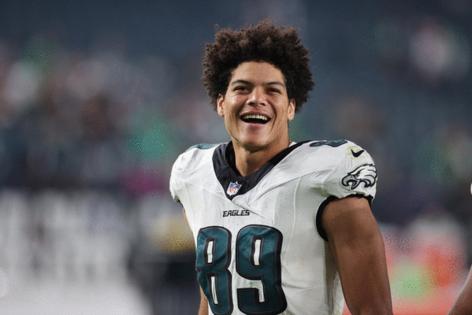
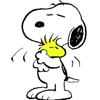
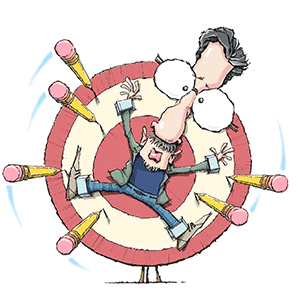
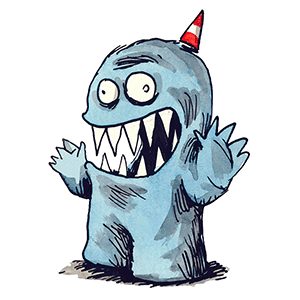

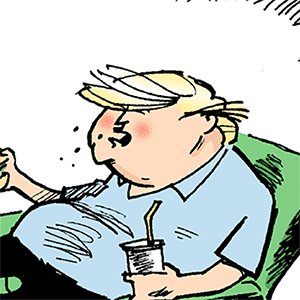

Comments